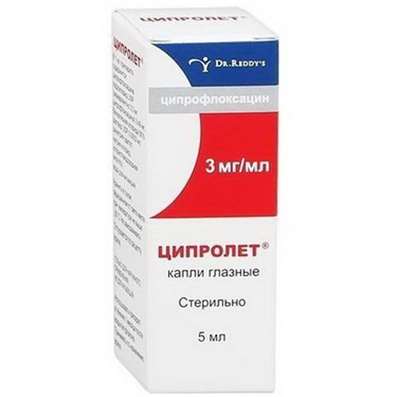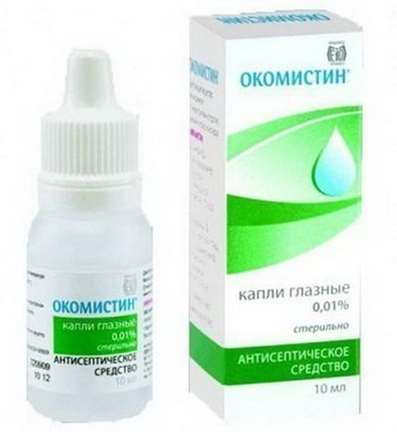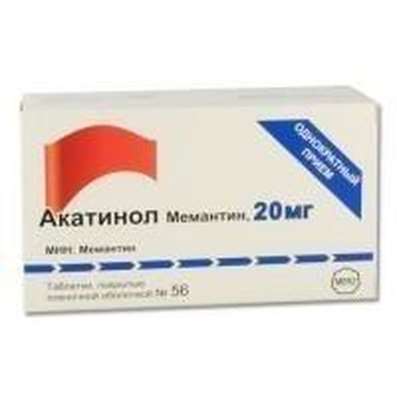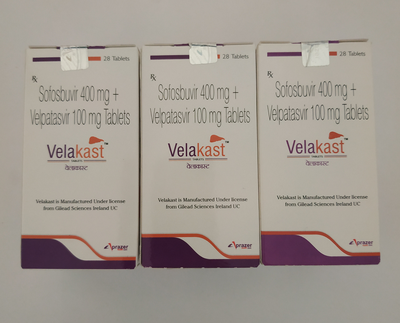Side effects of insulin
19 Dec 2016
Hypoglycemia
The most frequent side effect of insulin is hypoglycemia. Separate article is devoted to this problem. Other side effects meet much less often and develop at prolonged use.
Allergy to insulin and insulin resistance
With the advent of human insulin and high cleaning drugs of hormone the risk of emergence of insulin resistance and allergic reactions to insulin sharply decreased. However these side effects still meet. They are caused by availability of the denatured insulin and its units (in small quantities contain in all drugs), impurity, and also excipients (a protamine, Zincum, Phenolum and others). The most frequent allergic reactions dermal, mediated by IgE-antibodies. Systemic allergic reactions, and also insulin resistance mediated by IgG-antibodies are occasionally observed (Kahn and Rosenthal, 1979). To establish the reason of allergic reaction, it is necessary to measure the IgE-levels and IgG-antibodies to insulin. Also dermal assays are useful, however intradermal administration of insulin causes allergic reaction in many patients, and hypodermic - No. If allergic reaction arose on the admixed bull/pork insulin, the patient is transferred to human. In cases when this measure doesn't help, resort to deallergization. It is successful in 50% of cases. At dermal allergic reactions to insulin help H2 blockers, at systemic allergic reactions and insulin resistance use glucocorticoids. Please pay attention to Ovagen.
Lipoatrophia and lipogipertrofia
The atrophy of a hypodermic fat in the place of injections of insulin (lipoatrophia), perhaps, is a kind of allergic reactions to hormone. Local growth of a hypodermic fat (lipogipertrofiya) is attributed to lipogenous action of high concentration of insulin (LeRoith et al., 2000). It isn't excluded that both complications are caused not by insulin, but impurity. In any case, when using high cleaning drugs such complications meet seldom. However if to enter human insulin into the same place all the time, the lipogipertrofiya is very probable. Framing cosmetic defect, the lipogipertrofia also breaks an insulin absorption. Therefore it isn't recommended to do injections to the hypertrophied site. As for a lipoatrophia, insulin injections near the atrophied site can help to restore hypodermic fatty tissue.
Insulin edema
Many patients with a serious hyperglycemia or a diabetic cetoacidosis after the beginning of an insulin therapy have edemas, meteorism and an illegibility of vision (Wheatley and Edwards, 1985). These symptoms usually are followed by an increase in weight from 0,5 to 2,5 kg. If there are no associated diseases of heart and kidneys, the complication is allowed independently within several days, a maximum — weeks. Edemas are mainly caused by a sodium delay though also the hyper permeability of capillaries owing to metabolic disturbances is important.
Diabetic ketoacidosis and other clinical situations
In case of an acute disease at suffering from a diabetes mellitus the serious metabolic disturbances demanding i.v. administration of insulin can develop. Such introduction is required also at a diabetic ketoacidosis (Scha-de and Eaton, 1983; Kitabchi, 1989). Concerning optimum doses there are disagreements, nevertheless infusion of insulin with rather low rate (0,1 pieces/kg/h) frames concentration of hormone in plasma about 100 ¼¬Ññ/ml. The healthy person of it has enough completely to stop a lipolysis and a gluconeogenesis and almost as much as possible to stimulate capture of a glucose with tissues. At most of patients with a diabetic ketoacidosis concentration of a glucose in a blood at such treatment falls approximately for 10% an hour, pH of a blood is normalized more slowly. Further there can be a need for introduction together with glucose insulin — to prevent a hypoglycemia and to bring all ketone bodies out of an organism. Some doctors prefer to begin with the sating insulin dose. It doesn't seem to us necessary as therapeutic concentration of insulin in a blood is reached in 30 min. after the beginning of infusion. Patients from hyper wasps - a molar coma are often more sensitive to insulin, than patients with a diabetic ketoacidosis. In both cases the restore of losses of water and electrolytes which are usually very appreciable has to be the integral component of treatment. Irrespective of the scheme of administration of insulin as a key to success serve careful observation over a condition of the patient and regular measurement of level of a glucose and electrolytes. At least in 30 min. prior to the termination i.v. infusions of insulin should be made ï / to a hormone injection as it has very short T1/2. Unfortunately, very often forget about it.
Sick diabetes mellitus resort to i.v. administration of insulin also in period and at the time of delivery. Rather optimum way of administration of insulin during operations, however, there are disagreements. Some doctors insist on ï / to injections, but the majority now nevertheless inclines to i.v. infusion. Two schemes i.v. of an insulin therapy are most often used: infusion with variable rate (Watts et al., 1987) and joint infusion of a glucose, insulin and potassium (Thomas et al., 1984). Both schemes provide the stable level of a glucose of plasma and water and electrolytic balance of time of operation and in the postoperative period. Contrary to these references many doctors prescribe the patient a half of their daily dose in a look ï / to an injection of insulin of average duration of action in the morning before operation, and during operation for maintenance of level of a glucose of plasma carry out infusion of 5% of a glucose. Such approach suits for some patients, but in general it doesn't allow to provide so precisely constantly changing metabolic requirements as i.v. insulin infusion. The available data though and it is a little of them, confirm advantages i.v. to infusion of insulin before ï / to injections in the period.
Medicinal interactions and metabolism of a glucose. Many medicines are capable to cause a hypoglycemia or a hyperglycemia or to change reaction of patients with a diabetes mellitus to treatment (Koffleret al., 1989; Seltzer, 1989). Some of these agents together with the alleged place of their action are listed in tab. 61.5.
Except for insulin and peroral sugar-lowering agents, is more often than others ethanol, β-adrenoblockers and Salicylas cause a hypoglycemia. Ethanol mainly brakes gluconeogenesis. This effect isn't idiosyncratic reaction and is observed at all people. Beta adrenoblockers inhibit action of catecholamins on gluconeogenesis and a glycogenolysis. Therefore at patients with a diabetes mellitus treatment with β-adrenoblockers is accompanied by risk of a hypoglycemia. Moreover, these drugs mask the adrenergic symptomatology caused by depression of level of a glucose in a blood (in particular, a tremor and heartbeat). Salicylas has sugar-lowering effect, increasing sensitivity of β-cells to a glucose and strengthening insulin secretion. In peripheric tissues Salicylas possesses weak insulinoid action. Anti-protozoal drug the pentamidine which now is widely applied to treatment of pneumocystic pneumonia can cause both a hypoglycemia, and a hyperglycemia. Sugar-lowering action is caused by destruction of β-cells and release of insulin. Treatment continuation by pentamidine leads to gipoinsulinemiya and a hyperglycemia.
Not the smaller number of drugs causes a hyperglycemia in healthy people and aggravates metabolic disturbances at patients with a diabetes mellitus. Many of them, for example an adrenaline and glucocorticoids, render the effect opposite to insulin on peripheric tissues. Others cause a hyperglycemia, inhibiting insulin secretion — is immediate (Phenytoinum, Clonidinum, antagonists of a calcium) or exhausting potassium reserves (diuretics). Many medicines in itself don't possess sugar-lowering action, but strengthen effect of derivatives of sulfanylurea (see below). It is important to remember all medicinal interactions in due time to correct treatment which is received by patients with diabetes mellitus.

 Cart
Cart





